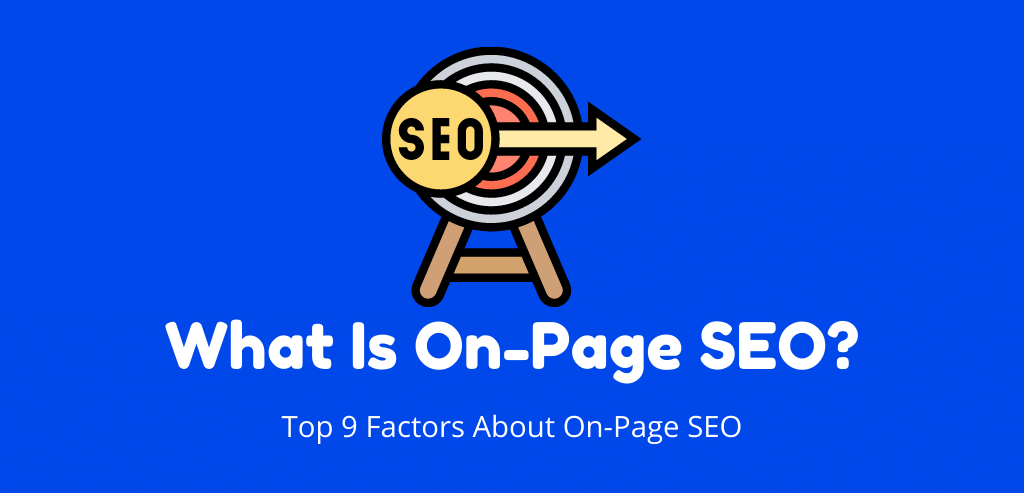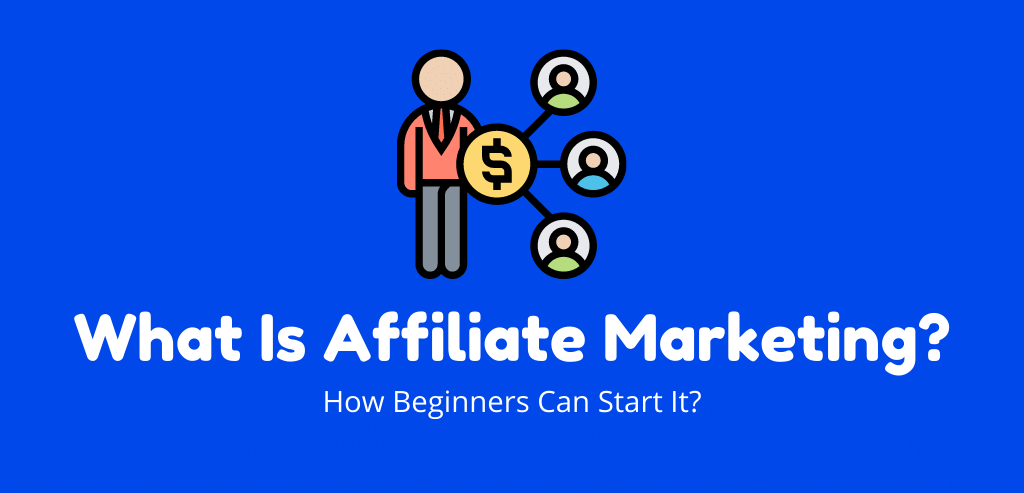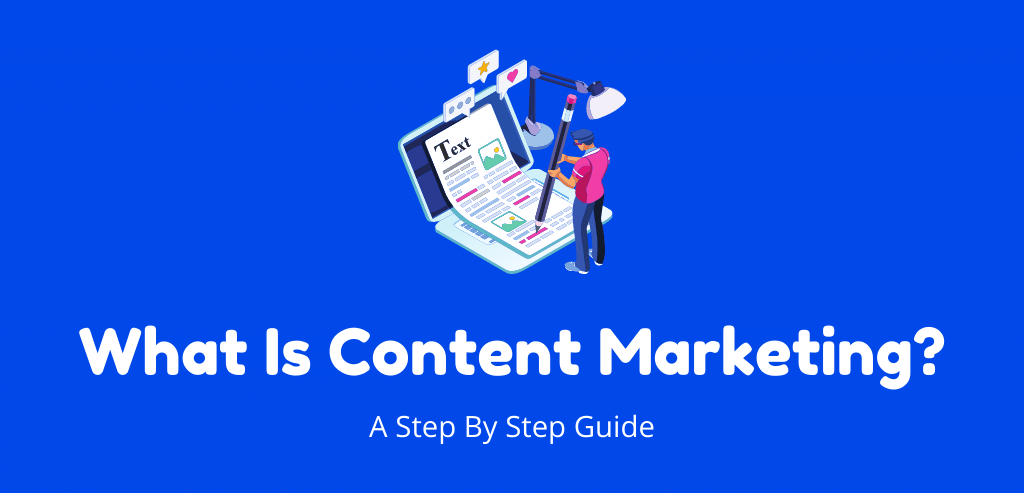
Content marketing is preparing, creating, distributing, sharing, and publishing content to reach your target market. It can improve brand awareness, sales, contact, communication, and engagement.
Your customers, leads, and target group participants want important content from your company. This content needs to reach participants in the audience to feel natural and natural, rather than turbulent.
Suppose your focus is on effective content marketing. In that case, you can do that – and, as a result, increase conversions, increase brand name awareness, increase profits, develop yourself as an industry leader, and much more.
This overview will give you a bird’ eye view of content marketing, types of content marketing, instances, and exactly how to get a method.
What is content marketing?
These days, outbound marketing techniques (or anything that bothers your audience members) aren’t as efficient at reverberating with audience members and transforming them as they were.
Nowadays, your content requires you to reach your audience in a way that feels natural (a.k.a. in-depth). A typical way to do this is by creating a story for your content – or telling it. As a result, your content will feel much more accurate, engaging, and tailored to your audience.
Why content marketing is so important?
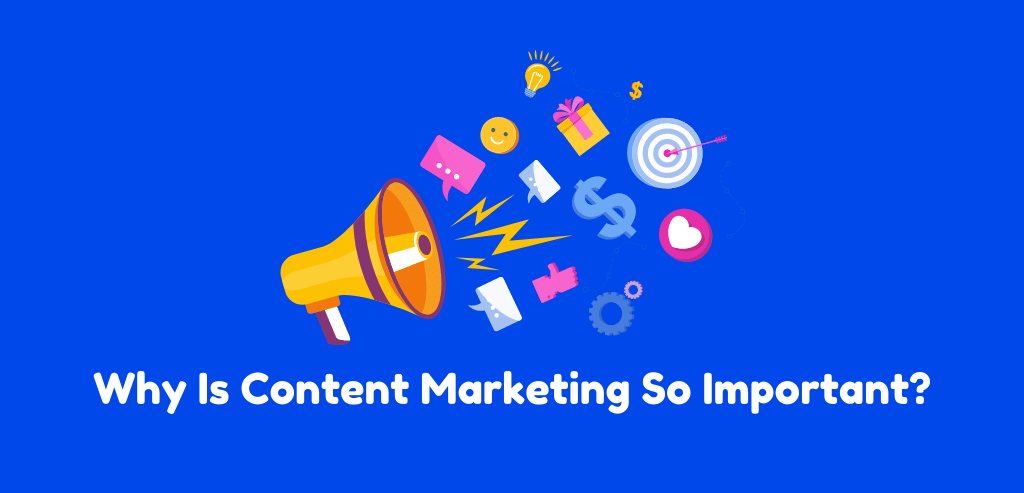
Content marketing can also support your company with the following:
- Let your leads and leads know about the items and services you are offering
- Increase conversions
- Build relationships between your customers and your company that lead to increased engagement
- Show your audience exactly how your articles and services solve their difficulties.
- Get a feel for the neighborhood around your brand name.
Now let’s take a look at the many types of content marketing.
Types of Content Marketing
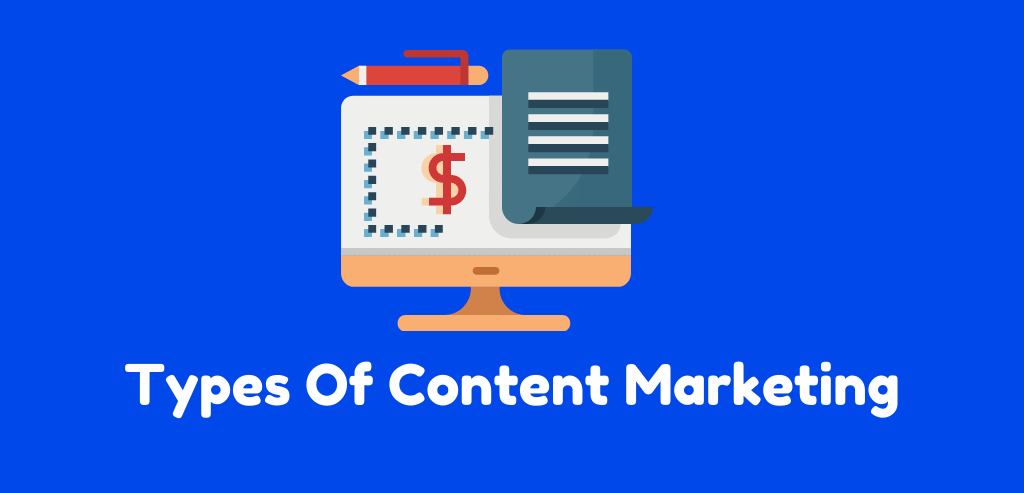
There are numerous types of content marketing that you can include in your approach. Below are some of the most common:
Marketing for social media content
With over 3.6 billion international social media customers, it’s understandable why many companies are buying social media marketing. Different systems (e.g., Facebook, Instagram, Pinterest, Linked-In, Snapchat) that you can deal with and numerous ways to create and share content on each (e.g., pictures, live video clips, recorded video clips, stories).
Infographic content marketing
Infographics display content, details, and data in an easy-to-understand graphic style. Infographics are a great way to link your content efficiently with a mixture of simple wording, brief explanations, and transparent images. For example, they work well when trying to get an educational and complicated topic in a nutshell so that all participants in the audience can see it.
Blog content marketing
Blogs are a handy type of in-depth content and allow much creative thinking about its goal and topic. In addition, a blog site will enable you to highlight items such as promoting various other internal and external content and articles on the blog site through web links, including social share switches and product details.
Podcast content marketing
A 2020 study found that 37% of adults in the United States paid attention to a podcast in the past month. Because of this, numerous companies and media outlets have started creating and sharing their podcasts.
Podcasts allow a lot of creative thinking as they can relate to any topic or option. In addition, you determine various other aspects of the podcast, for example, the pace of the episodes that go into the podcast you are marketing the podcast in and the duration of the attacks.
Video content marketing
According to HubSpot’s study, over 50% of customers say they see video clips of the brand names they connect with. Additionally, video clip marketing can improve conversions, improve ROI, and help you build relationships with audience participants. You can share your video clip content on social media systems, landing pages, or a co-market website.
Paid marketing for the ad content
Paid advertising can help you reach a broad audience and allow you to place yourself in all the places you want to see. It is beneficial in conjunction with in-depth marketing. There are numerous locations where you can share paid ads on social media, landing pages, banners, and funded content.
Next, let’s look at some content marketing instances related to the types of content marketing we have evaluated.
Content Marketing Strategy
At the beginning of the content marketing globe, this wasn’t the case. At one point, marketers had multiple options. After that, they just had illegal indicators, publications, and paper advertisements.

Even so, even these days, they had several different custom options. For example, they can have fun with words in their ads, the image they revealed, its positioning, and the CTA. In other words, while there were some approaches to content marketing, the options were still extensive.
Today, there are far more content marketing tools and approaches in the background of the world than ever before. That suggests that the variety of techniques is also better.
Define WISE goals
The first component of your approach to content marketing is setting WISE goals. These should specify for your company – they will likely align with your broader marketing and business goals.
Here are some WISE target instances:
- Improve brand recognition
- Increase Profits
- Increase conversions
- Build a connection and count on leads and customers
- Increase Brand Name Engagement
- Attract critical companions
- Increase customer loyalty
- Determine your KPIs
Next, essential efficiency indicators (KPIs) establish for your WISE goals. KPIs are measurable data factors that can determine your actual efficiency compared to your dream.
Decide on the type of content.
Next, choose the type of content you want to create. First, consider your target market and customer identity.
Answer concerns about compliance with your target market to limit the best types of content for them:
- What do they ask of you?
- What difficulties do you want to overcome?
- Why do they need your product or service?
- How can you help them be successful?
- Where do you invest your time?
Then, look at the numerous types of content that we rated earlier to see what content you will be creating.
Choose your content networks.
Once you have chosen the type of content you will market with. Next, it’s time to select your detailed content networks. Where will you share your content? Where will it be live and broadcast?
For some types of content, the network that you need to deal with will undoubtedly be obvious. For example, if you create Facebook content, your network is undoubtedly the social platform itself.
Establish a spending plan
Now create your spending plan. Think about the type of content you are making and the networks on which you will market this content.
Then, ask yourself concern compliance to determine your spending plan.
Do you need to purchase software or modern technology to create the content (e.g., graphic design software like Adobe Photoshop, a subscription to Canva, a camera to take high-quality pictures and video clips)?
- Do you need to hire content marketers or developers (such as musicians, writers, editors, developers)?
- Did you have to pay for the ad section?
- Do you need access to detailed tools or sources to improve or determine the nature of your content?
Make a careful note of how your actions affect your spending plan – whether this is an increase or a decrease in what you currently may have approximated.
Create and distribute the content
Create and distribute your content, so your attendees can eat it – and potentially transform it. Use a social media schedule or a content schedule to produce content regularly and deliver it to your leads and customers. That will surely help your group keep track of all the content made and allow you to arrange it in advance.
Analyze results and act
Lastly, evaluate and determine your results to make the changes needed to improve your content marketing initiatives and reach even more attendees.
Take a look at your WISE goals and KPIs to determine the success of your content marketing approach. Did you achieve your goals and KPIs? Were you close to reaching them, or did you disagree with your estimates?
Here are some tools to help you analyze and get the results of your content marketing approach:
- HubSpot Marketing Analytics software
- HubSpot social media management software
- Mention
- SharedCount
- Sprout Social
- Google Analytics
You can reach your target market and get conversions with efficient content marketing. There are numerous ways to market content to increase the bottom line, increase brand name recognition and recognition, and build relationships with your leads and customers.

